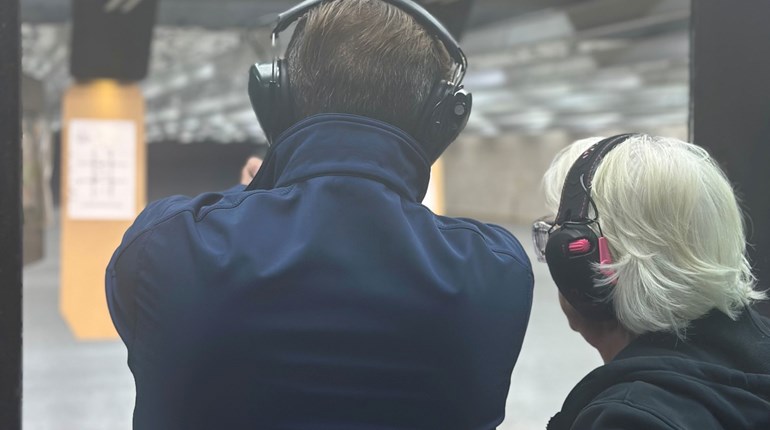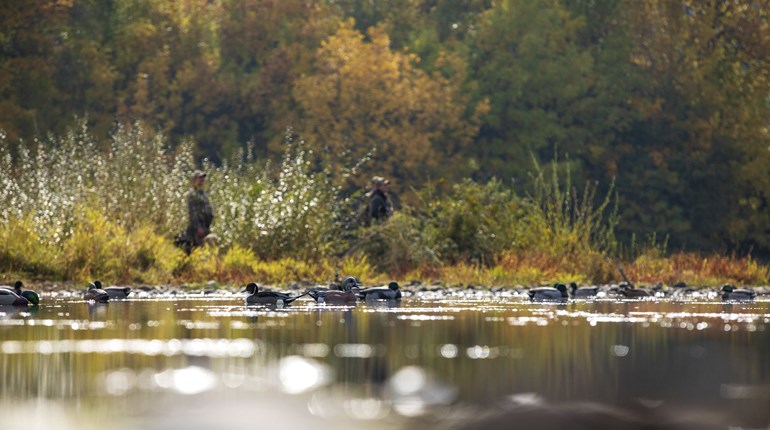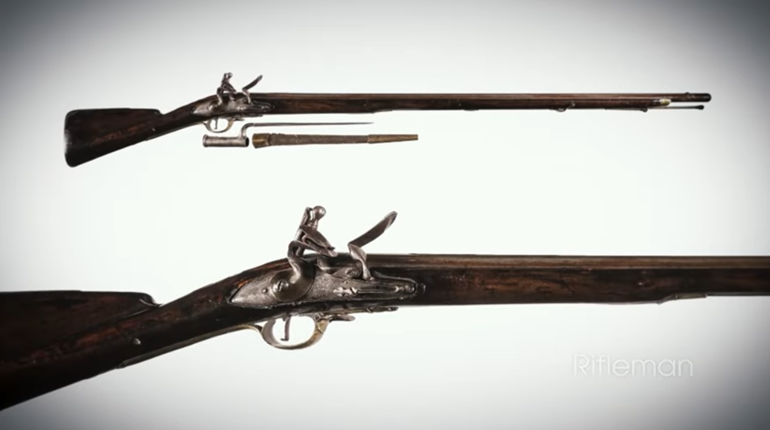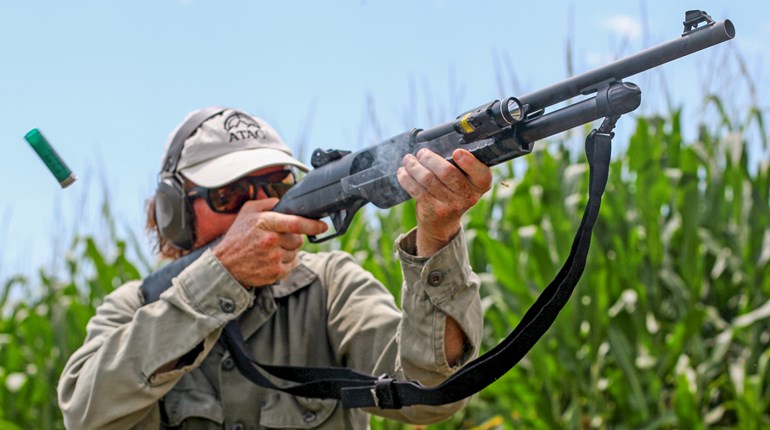
The last installment in my “Physical Therapist Advice” series discussed my concerns with appendix carry and how it could, through its undeniable effect on body mechanics, cause or exacerbate low back pain. In that article I reference the other popular carry position – actually the most popular carry position - in which the firearm is placed on the strong-side hip. I briefly mentioned the tactical arguments for the appendix position (access, concealment, retention) - and do not disagree with them. However, this series isn’t to dissect the tactical strengths and weaknesses of anything, as that’s not where my expertise lies. My shtick is physical fitness, health, injury prevention and body mechanics. That last area – body mechanics – is where I feel strong side-hip carry prevails over appendix because it does not impede the freedom of movement we desperately need to maintain at the pelvic girdle.
A quick review of the mechanics of the hips/pelvic girdle finds this region to be the most mobile segment in the entire body. We need to flex (bend forward), extend (lean back), twist and bend to each side. The largest available motion is into flexion and, as noted in the last installment, appendix carry may block this motion resulting in a compensatory flexion in the low back or lumbar spine. That increased reliance on the low back as a primary flexion point of the pelvic girdle results in excessive wear and tear, as well as increased pressure on the spinal discs in that region.
The benefit, from a body mechanics perspective, of carrying strong-side hip is that the gun and holster reside outside the frame of the body, thus allowing the body to flex, extend and rotate with little interference. Side bending could become restricted...but think about it, how often are we called upon to bend robotically to one side or the other? Now contrast that with how many times throughout the day you flex forward or bring your knee toward your chest.
This is not to imply that carrying on the hip has no potential to negatively alter body mechanics. Some may experience discomfort in their low back, hip and/or leg due to the gun applying pressure to the soft tissues of the hip. They will often say that they have “sciatica” when they try to carry strong side hip. The mislabeling of the syndrome aside, this is a genuine complaint with a couple potential remedies. One would be to move the holster as close to the 3 o’clock position as possible as opposed to the soft divot at approximately 3:30 or 4 o’clock. That soft spot does roughly coincide with the location of the sciatic nerve and other structures that can create the symptoms described. The other possible fix could be carrying outside the waistband as opposed to inside. That little change could create space and diminish the pressure enough to make this position viable once again.
Another issue could arise if the muzzle of the firearm or end of the holster extends below the hip when seated. The firearm will push into the seat surface, causing the body weight to shift to the opposite hip and induce side bending toward the side of the holster. The gun may not even extend below the hip. It is possible with a well-contoured seat, such as those found in most vehicles, that the seat surface encroaches from the back and sides to create the same mechanical fault. Two of the solutions to this scenario will sound familiar to those who read the first section on appendix carry. You can either carry a smaller (shorter) firearm or mount the holster higher on the belt. The same negatives apply here: The smaller gun may not pack the firepower or manage recoil as well as you’d like, and a high-riding holster may allow the firearm to lean out from your side which could impact concealment or result in the muzzle of the gun pointing into your side during holstering. To address the contoured seats issue, you could choose a wider, less snug seat. If you are fortunate enough to select your next vehicle to accommodate your EDC, my hat is off to you and I’ll just have to remind myself that working for the NRA is rewarding in ways other than financial.







































